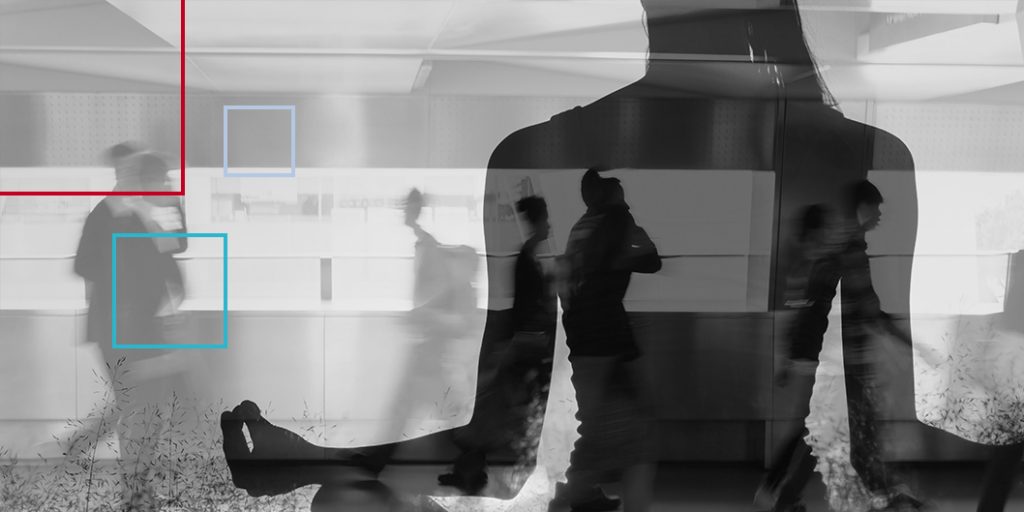Talent Management and Post-Pandemic Rules

As executive coaches working with high-tech leaders in the San Francisco Bay Area we hear many opinions, ideas, and theories about the post-pandemic work world, especially as it relates to a notion of “new normal”. As such, I wanted to share this particular article, “The Post-Pandemic Rules of Talent Management”, published in Harvard Business Review. […]
What Leaders Are Facing in the Pandemic

COVID-19 is bringing about a cultural transformation that will have lasting effects. In many ways, we have lost what is familiar but also gained new opportunities for possibility. While we all experience this pandemic differently, perhaps now is the time to rethink how these new and improved ways of working together through digital interactions create […]
Added to SF Business Times Top 50 List

Mariposa Leadership Executive Coaching Firm Secures the No. 35 Spot San Francisco, CA, June 2020 – San Francisco Business Times has named Mariposa Leadership, Inc. to its Top 50 list of “Largest LGBTQ-Owned Businesses” in the Greater Bay Area. Ranking at number 35, Mariposa is the only Executive Leadership Coaching company listed in the publication’s […]
UPDATED: Workplace Culture (Now and the Next Normal)

Culture – the cohesiveness that shapes a company. I like to describe culture as the “ways things are around here” and see it as imperative to your company’s success — just like strategy, structure, and operations. by Sue Bethanis, CEO/Founder of Mariposa, [email protected], @suebethanis Understandably, in the past month, conscious attention to culture might have fallen by […]
Working Parents + Shelter-in-Place. Mission Impossible?

by Tawny Lees, COO and Executive Coach, [email protected] As I’ve been talking with and coaching clients this week, the reality of long-term school closures and shelter-in-place orders seems to be hitting working parents the hardest. It can feel impossible for two-parent homes where both partners work from home — and gets even harder when one […]
The Introvert CEO

Michael asks: I was just named CEO of a small software startup company. I have a fairly introverted personality and realize this new role will require me to move more out of my comfort zone. Any tips? Therese Tong, PCC, Executive Leadership Coach, responds: Congrats! Let’s start with a few assumptions around how your introversion […]
